Twin faulty engines: Two PIA flights make emergency landings
The airline’s official spokesperson termed the incidents as ‘technical landings’.
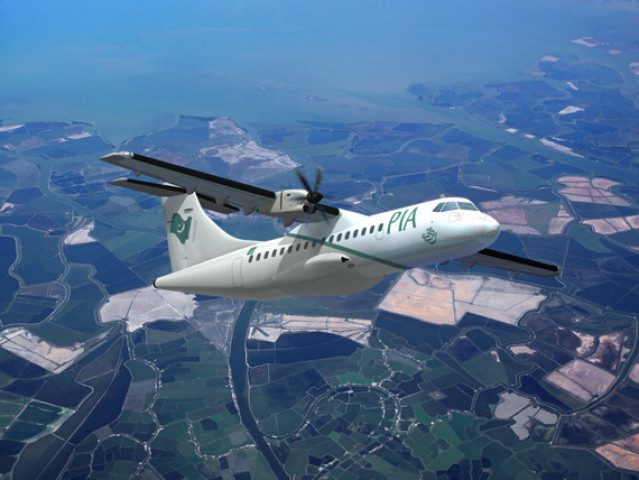
Twin faulty engines: Two PIA flights make emergency landings
Two Pakistan International Airlines (PIA) twin-turboprop aeroplanes met with engine failures on Saturday, but their passengers remained unscathed due to safe emergency landings. The airline’s official spokesperson termed these landings as ‘technical landings’.
Half an hour after takeoff from Jinnah International Airport, the engine of PIA’s ATR plane failed. Flight number PK-501 was headed to Turbat and it flew on schedule at 8:30 am with 21 passengers and four crew members. After a while, the pilot felt there was a problem in the plane’s left engine and he passed this information on to relevant officers, PIA’s official spokesperson, Mashood Tajwar said. The control tower at Jinnah International Airport directed the pilot to make an emergency landing at the Karachi airport because Turbat airport did not have engineering facilities to fix the airplane. The pilot landed the plane safely even with a short time limit, said the spokesperson. He added that the twin-turboprop planes can land easily with one of its engines off, even on small runways. These planes were made part of PIA’s fleet when the infamous Fokkers were removed after the Multan incident. “In the event of an engine failure the risk factor is relatively low because these aeroplanes fly at a slower speed as compared to jets,” said Tajwar.
The small 48-seater plane, model number ATR 42-500, takes an hour and twenty minutes to cover the 431 kilometres distance from Karachi to Turbat. Once the plane arrives in Turbat it has to leave for Muscat, the capital of Oman, and then return back to Karachi with another stopover at Turbat. All these flights were called off by the PIA administration.
The second incident of engine failure occurred with Flight PK-508 which was flying from Panjgur to Karachi. The incident occurred after the airplane had to cover about 40 more minutes of the 75-minute flight.
The plane took off from Panjgur at 3:15pm with 32 people on board, including crew members. The pilot advanced towards the Karachi airport with only one engine turned on and landed safely.
PIA’s spokesperson termed both accidents as ‘happenstances’. However an official from the engineering department, who spoke on the condition of anonymity, said that the department requires immediate attention to counter incidents like these, which involve faulty parts and equipment.
Both planes are from the same family of twin-turboprop passenger aircraft and were developed and manufactured by Avions de Transport Regional, which is an Italian-French aircraft manufacturer and is headquartered in France.
Published in The Express Tribune, September 4th, 2011.



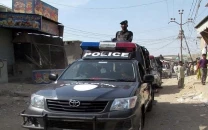
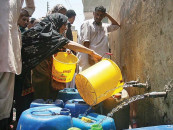
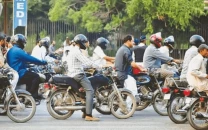
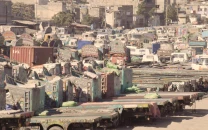












COMMENTS
Comments are moderated and generally will be posted if they are on-topic and not abusive.
For more information, please see our Comments FAQ